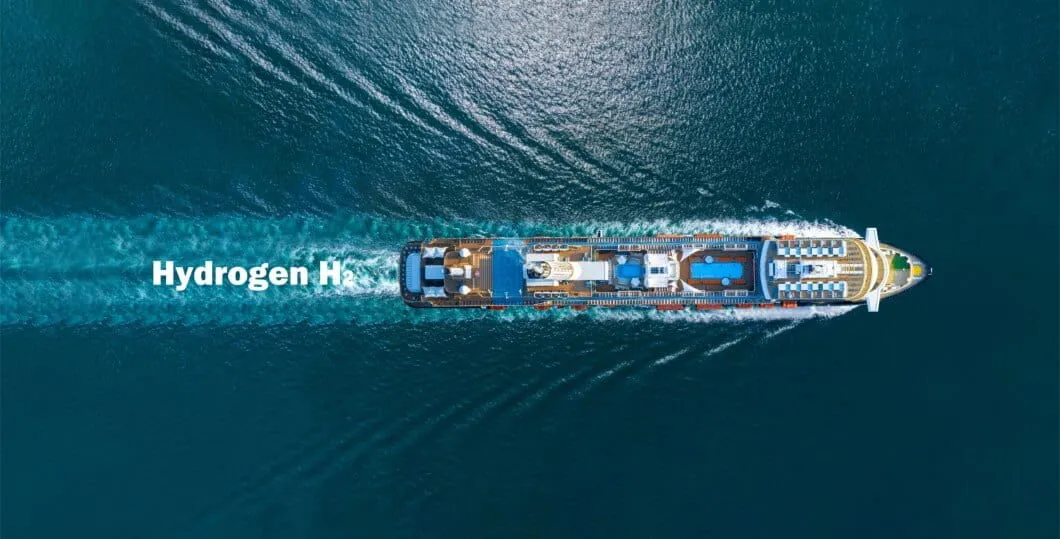
Cruise trips are booming these days—even though many environmental activists aren’t buying into the hype. Statista’s latest numbers suggest that if you look at things, high-seas holidays might pull in roughly 40.4 billion euros in 2025 and then push that up to nearly 48.7 billion euros by 2029. It’s a bit wild when you consider that over 46 million people worldwide are expected to set sail by then, really showcasing a kind of unstoppable expansion of cruise tourism despite all the criticism.
A Market Dominated by American Giants
It seems like American companies pretty much have the cruise scene cornered. U.S.-based firms are forecasted to rake in around 24 billion euros in sales in 2025, which clearly puts them ahead. Take Royal Caribbean International, for example. Their flagship ride, the Icon of the Seas—launched, believe it or not, by Lionel Messi back in 2024—is no ordinary vessel. This enormous ship, with a gross tonnage of 248,663, outstrips Titanic’s 46,000 GT by more than fivefold. It stretches over 364 meters and welcomes up to 5,610 guests spread wanderingly over 18 decks.
There are roughly 40 different places to grab a bite or a drink, a water park packed with six slides, the largest pool you’ll find at sea, and even an indoor ice rink (all built up in just three years at a cost topping 1.8 billion euros). Royal Caribbean even occupies the top seven spots on the list of luxury liners worldwide, while Germany’s Aida Nova—a ship from Aida Cruises under Carnival Corporation & plc—only makes it to number 15. Still, Carnival Corporation overall stays crowned as the biggest cruise company, underscoring the heft of American and British influence in the market.
The Environmental Cost of Cruise Tourism
Not everything about cruising sails smoothly, though. Environmental groups have long been raising alarms about these massive floating resorts. People often point out that the huge fuel consumption, waste issues, constant noise, and light pollution pack a hefty ecological punch. The German Nature and Biodiversity Conservation Union (NABU) released its 2024 cruise ranking, and while it did tip its hat to companies like Hurtigruten and HX Hurtigruten Expeditions, who have experimented with hybrid drives to trim fuel use, it also stressed that a lot still needs to change. In most cases, switching to liquefied natural gas (LNG) isn’t a magic bullet. Sure, LNG burns a bit cleaner sometimes, but the methane it releases can be a serious greenhouse gas offender, so the switch isn’t as green as it might seem at first glance.

The Allure of Modern Cruise Ships
What really hooks people, though, is the modern experience these cruise ships offer. The Icon of the Seas is a prime case in point. Its dazzling assortment of amenities—from lavish dining and fun bars to water parks and even indoor ice rinks—caters to every kind of traveler. This ever-growing extravagance seems to be the magic ingredient behind the rising popularity of cruises, as more travelers chase that all-inclusive sea adventure. It’s a kind of trend that shows little sign of backing off, with forecasts suggesting steady sales growth in the coming years.
Balancing Cruise Tourism Growth with Sustainability
As cruise companies (and their millions of eager passengers) continue to push for more, there’s a balancing act that can’t be ignored. On one hand, companies like Royal Caribbean International lead in innovation and scale, constantly upping the ante with bigger, flashier ships; on the other, the industry faces mounting pressure to embrace greener practices. In many cases, adopting eco-friendly tweaks—whether that’s hybrid drives, better waste-reduction measures, or tougher emissions rules—might help ease environmental impacts. Yet progress tends to be a bit uneven, making it a real challenge to meet soaring consumer demand while simultaneously keeping our blue planet in mind.










